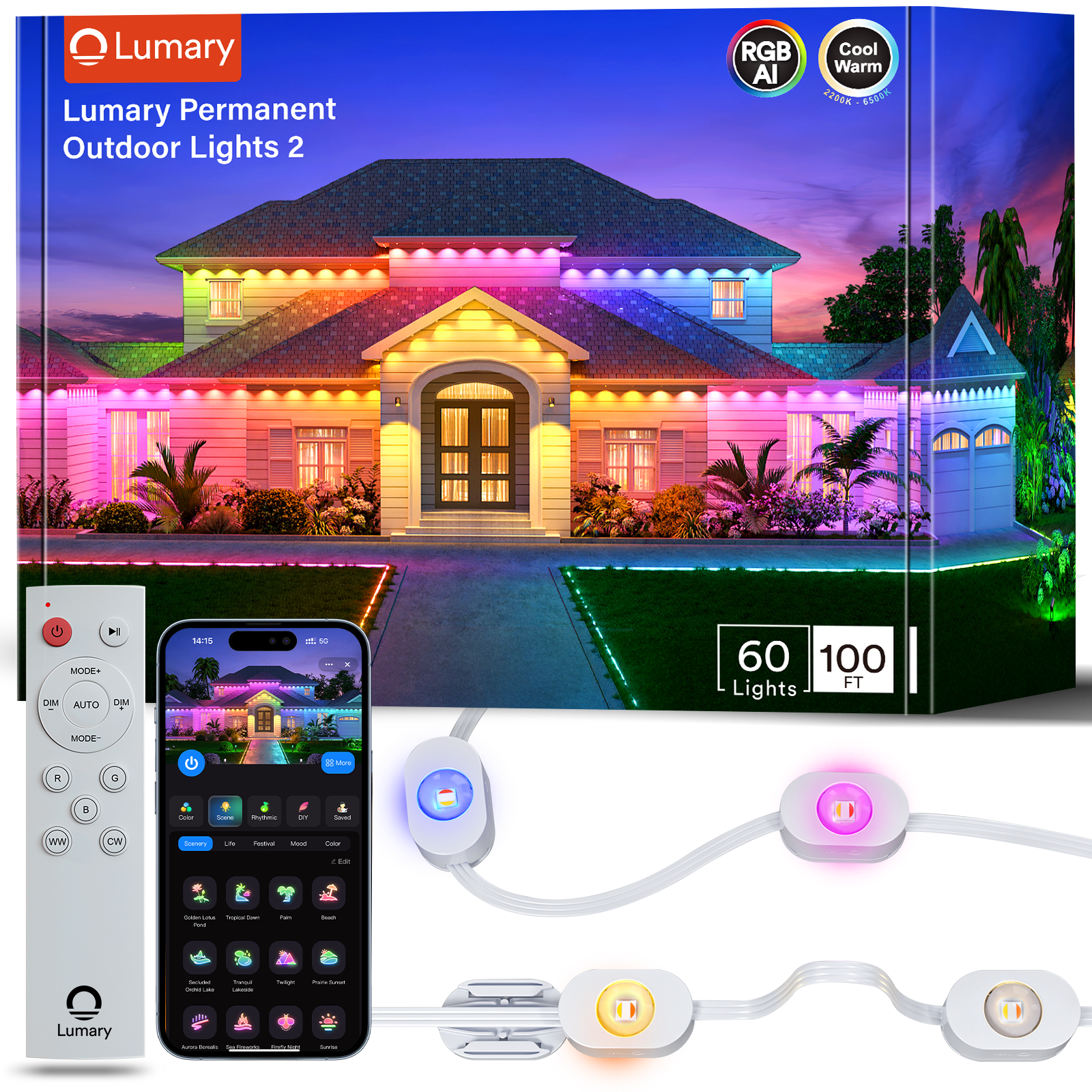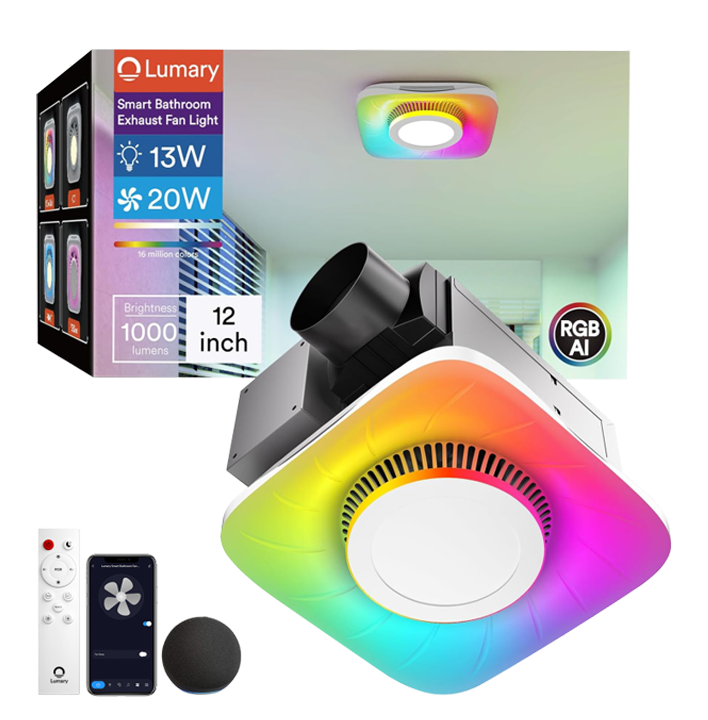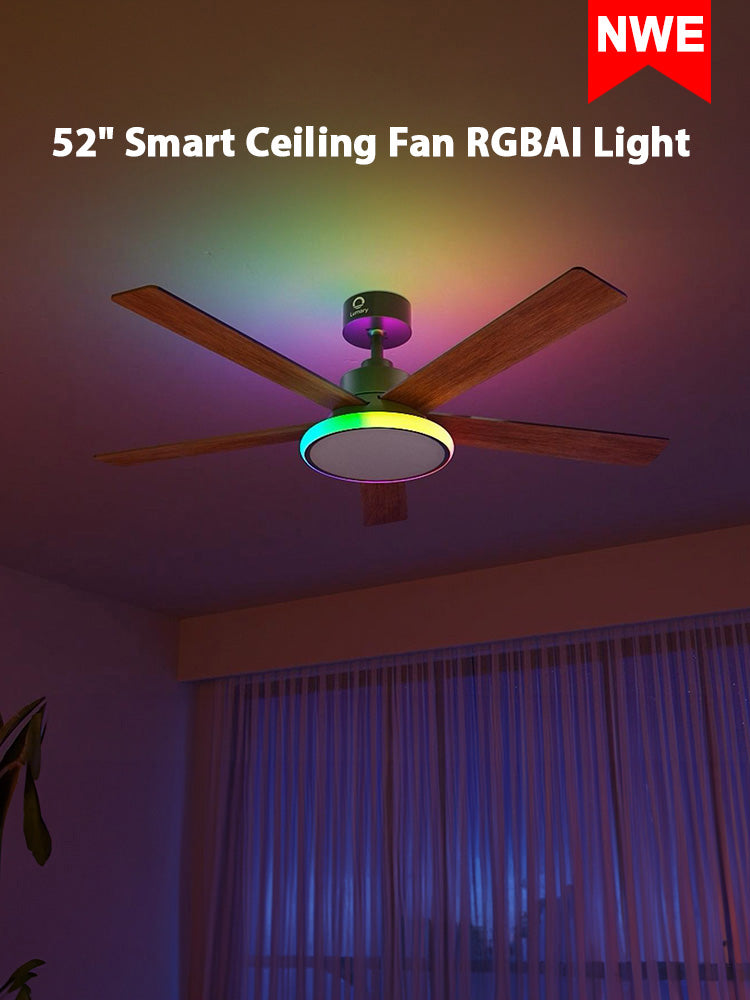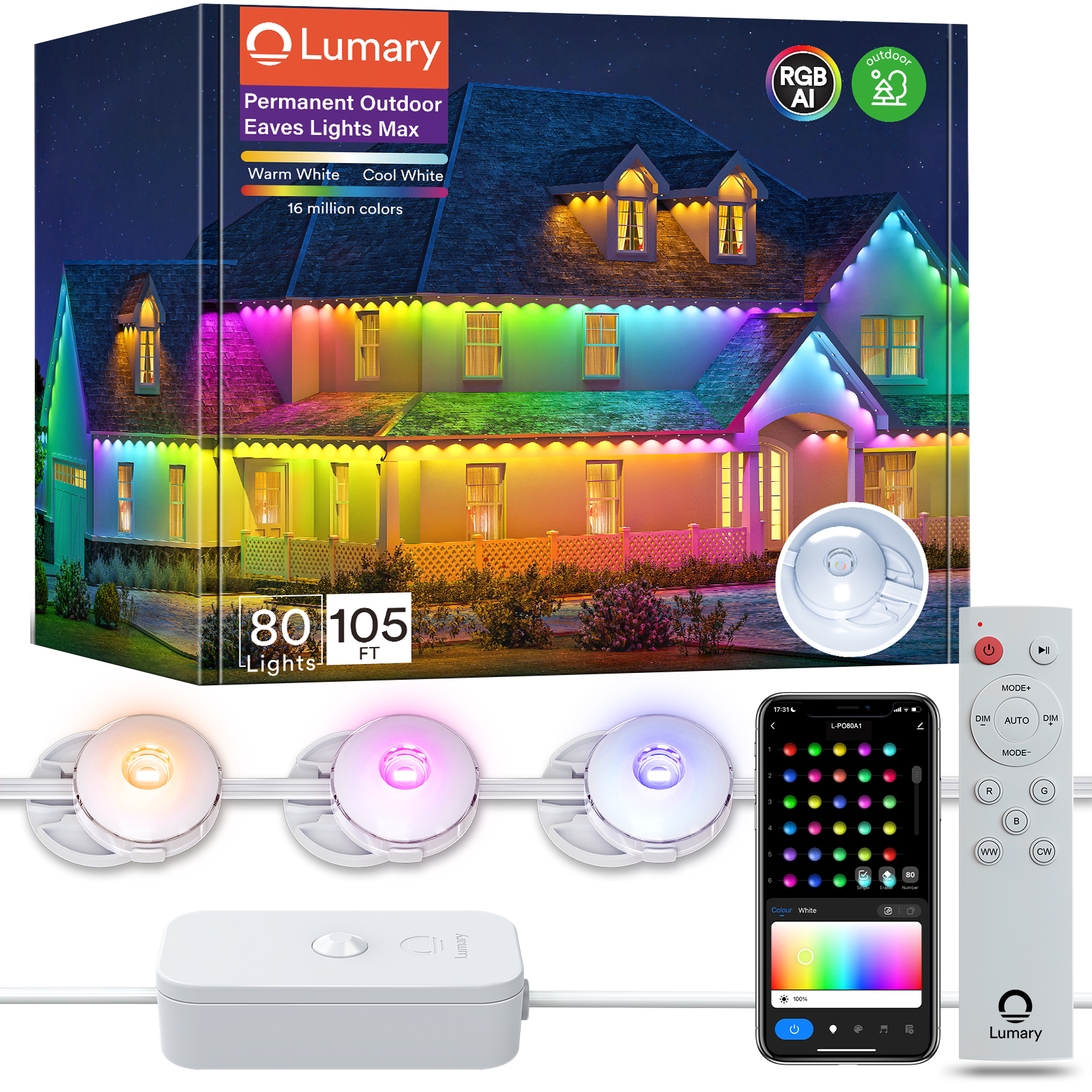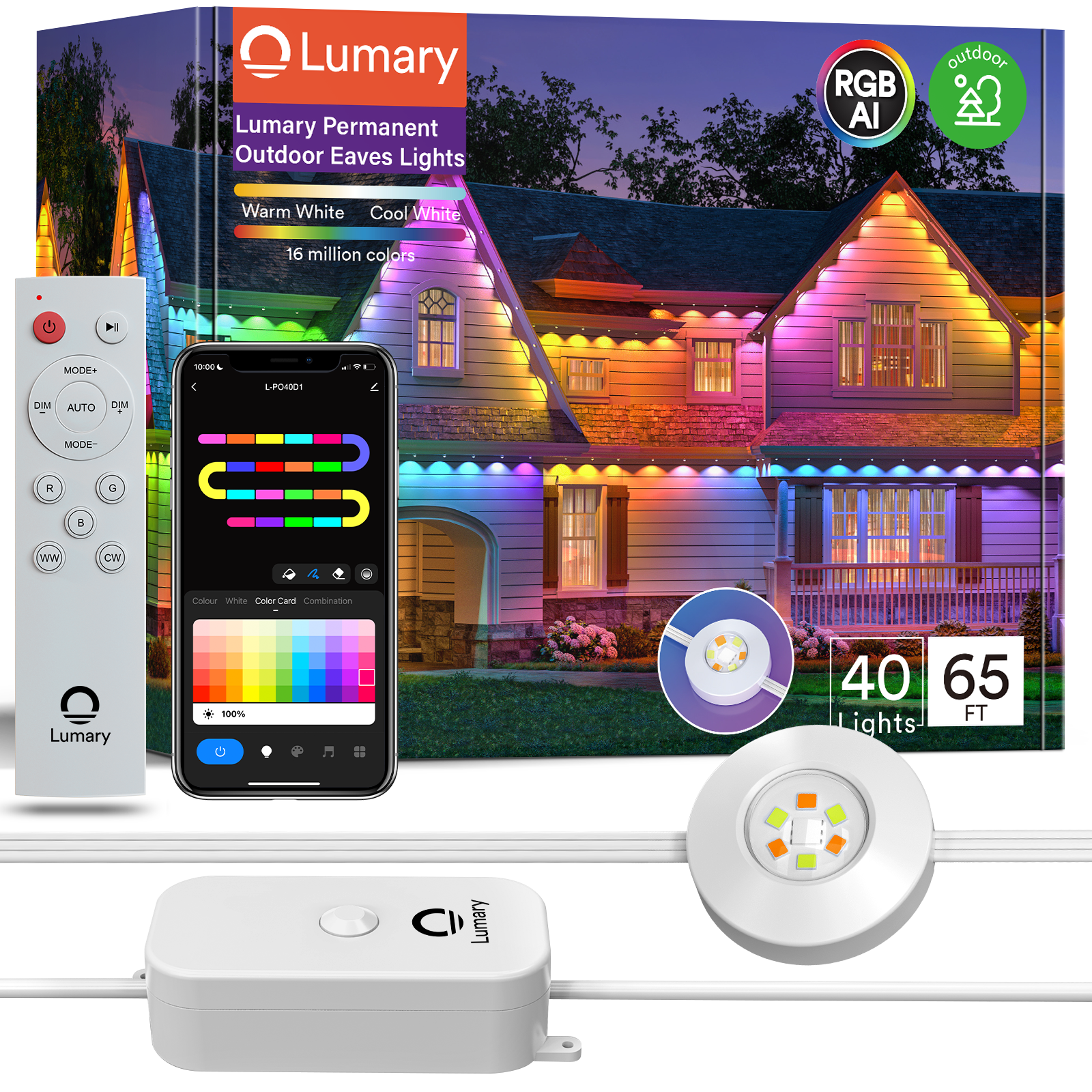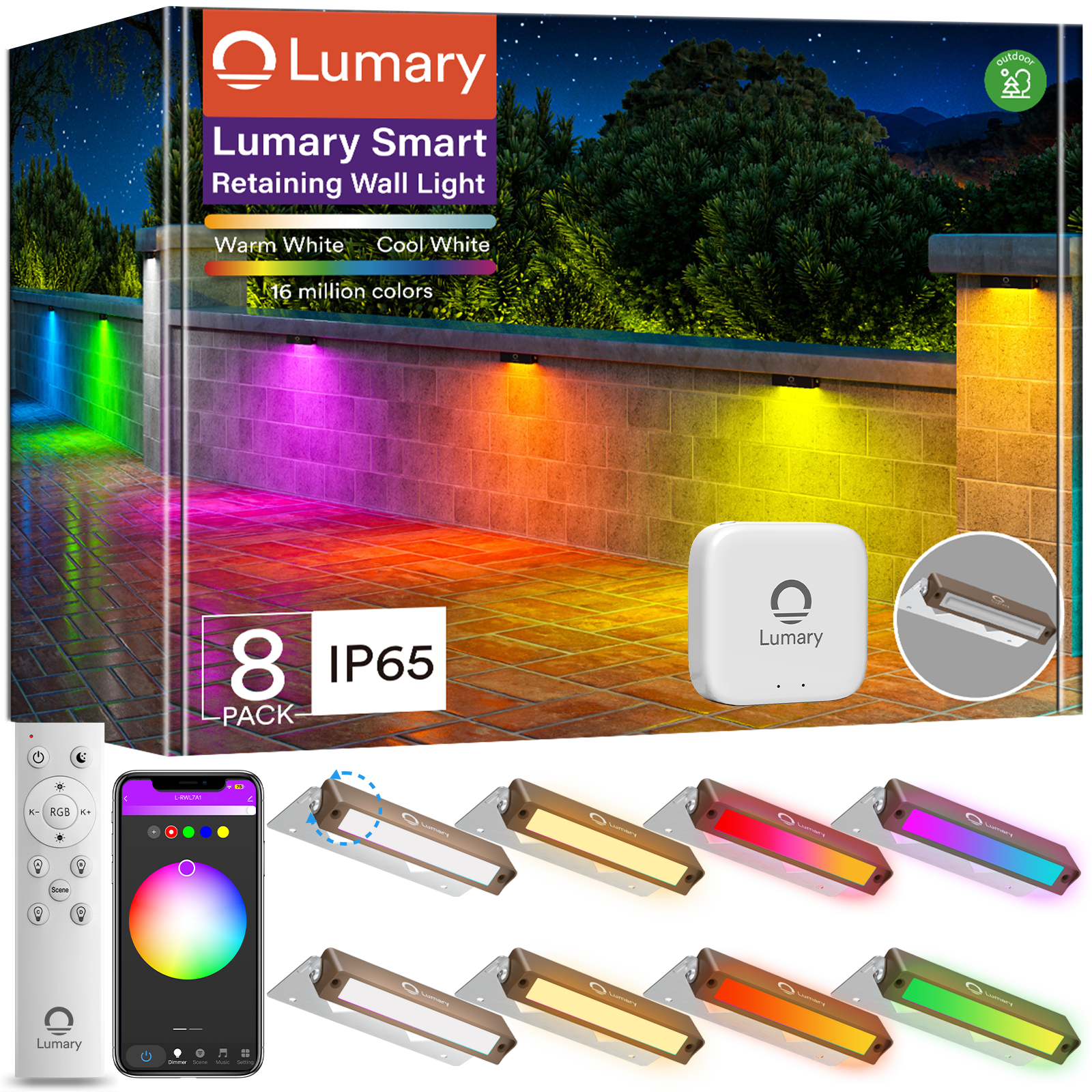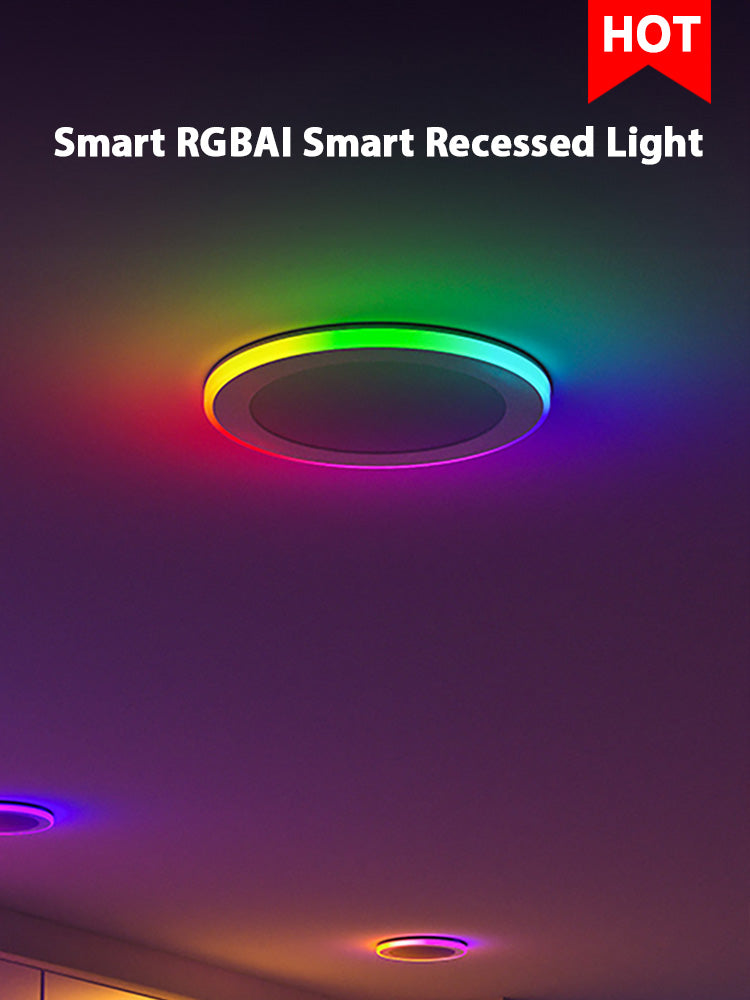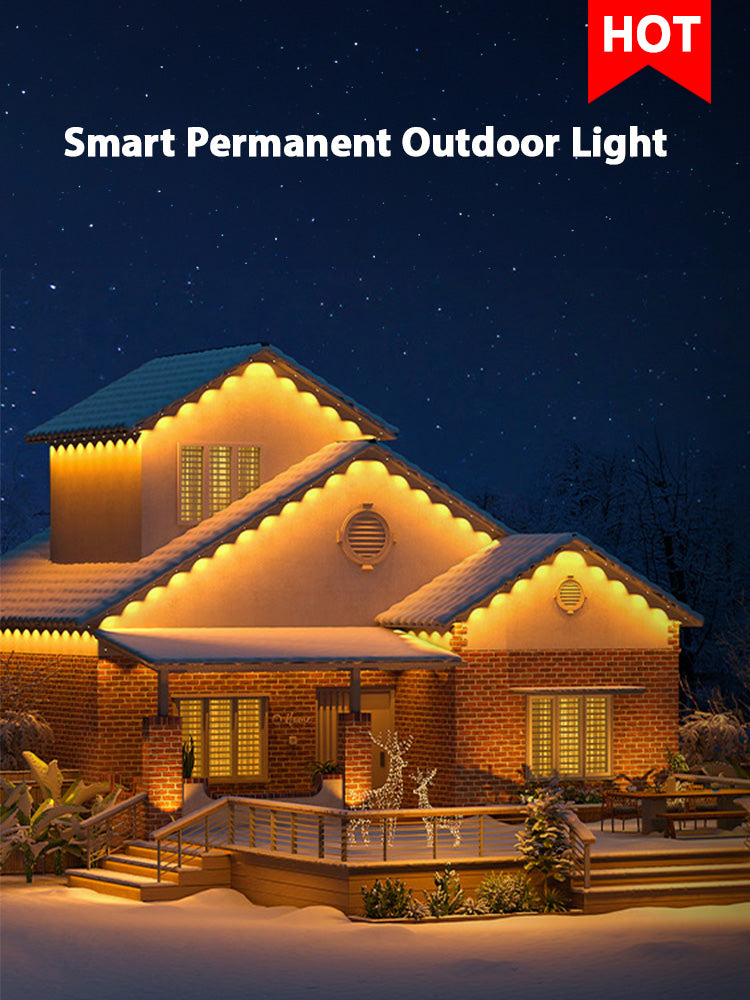Proper lighting is more than just brightness; it affects mood, energy levels, and overall well-being. Recessed lighting offers a sleek and modern solution to illuminate spaces effectively. In this blog, readers will embark on a journey to discover the art of determining the perfect number of recessed lights for their rooms. By understanding the nuances of lighting placement, they can create an ambiance that enhances productivity and comfort. A recessed lighting calculator can assist in determining the number of recessed lights needed for a specific area by inputting relevant details.

Understanding Recessed Lighting
What is Recessed Lighting?
Recessed lighting, known for its practicality and functionality, offers a modern and sleek solution for ceiling illumination. It can be utilized in various settings, including residential, commercial, and institutional spaces. LED recessed lighting is a popular choice due to its bright and uniform illumination while being energy-efficient. This type of lighting provides aesthetically pleasing brightness that complements the contemporary look of any room without quickly becoming outdated.
The benefits of recessed lighting extend beyond just illumination; it adds visibility, interest, and ambiance to any environment. With its ability to provide subtle and even light distribution, recessed lighting can be directed to highlight specific areas such as wall art or architectural details. Different configurations like wall washers are available, spreading light across large surfaces by bouncing it off vertical surfaces into the room.
Factors to Consider
Room Size and Layout
Measuring the dimensions
Properly measuring the dimensions of a room is crucial for determining the placement of recessed lights. By accurately measuring the length, width, and height of the space, you can ensure that the lighting is evenly distributed. This precision in measurement helps in avoiding dark spots and shadows, creating a well-lit and inviting atmosphere.
Considering the shape and function of the room
The shape and function of a room play a significant role in deciding the number and placement of recessed lights. Different room layouts may require varying light configurations to achieve optimal illumination. For example, a rectangular room might need lights placed differently than a square-shaped one to ensure uniform brightness throughout. Understanding how you utilize each area within a room will guide you in positioning the lights effectively to enhance both functionality and aesthetics.
Ceiling Height
Impact on light distribution
The height of your ceiling directly affects how light spreads throughout the room. Higher ceilings may necessitate more lights or adjustments in their positioning to prevent uneven lighting or dark areas. By considering the ceiling height during planning, you can ensure that every corner receives adequate illumination, creating an open and spacious feel.
Adjusting the number of lights based on height
Adapting the number of recessed lights based on ceiling height is essential for achieving balanced lighting. Taller ceilings generally require more fixtures to maintain consistent brightness levels across the entire space. Carefully adjusting this number ensures that no area is left dimly lit or overly bright, contributing to a harmonious ambiance within your room.
Purpose of Lighting
Task lighting vs. ambient lighting
Understanding whether you need task lighting for specific activities or ambient lighting for overall illumination is key to determining your lighting requirements. Task lighting focuses on particular areas like workspaces or reading nooks, providing concentrated light where needed most. On the other hand, ambient lighting creates a warm glow throughout the room, enhancing its overall appeal and comfort.
Specific needs for different rooms (kitchen, living room, etc.)
Different rooms have unique requirements when it comes to lighting. For instance, kitchens benefit from bright overhead lights that illuminate countertops effectively for cooking tasks. Living rooms may require softer ambient lighting to create a cozy atmosphere conducive to relaxation and socializing with family and friends. Tailoring your choice of recessed lights to suit each room's specific functions ensures that every space is well-lit according to its purpose.
Calculating the Number of Recessed Lights
General Formula
To calculate the number of recessed lights needed for a room, start by determining the ceiling height. Divide this measurement by 2 to establish the ideal spacing between each fixture. This calculation ensures even distribution of light throughout the space, preventing any dim areas and shadows. By following this straightforward formula, you can achieve a well-lit environment that enhances both functionality and aesthetics.
When applying the general formula, consider the specific requirements of each room size. For example, a smaller room may only need a few strategically placed lights, while a larger area might benefit from multiple fixtures to maintain consistent brightness levels. Understanding how room dimensions influence lighting needs is essential for creating an inviting and well-illuminated space.
Spacing and Placement
The ideal spacing between recessed lights plays a crucial role in achieving balanced illumination. By maintaining a distance of 4 to 5 feet between each fixture, you can ensure uniform brightness without creating harsh contrasts or dark spots. Additionally, positioning the first light at half the distance between two fixtures helps establish an evenly lit environment from corner to corner.
To avoid shadows and dark spots, it's recommended to keep the distance from the wall to the fixture around 2.5 feet. This strategic placement minimizes unwanted shadows while maximizing light coverage across the room. By carefully considering spacing and placement, you can create a harmonious lighting scheme that enhances both the visual appeal and functionality of your space.
Additional Tips and Considerations
Dimming Options
Oliver Freundlich, an architect, emphasizes the superiority of LED bulbs for recessed lighting. These bulbs are energy-efficient, durable, and emit minimal heat. With a wide range of color temperatures available, you can select the ideal one to establish the desired ambiance in your space.
Benefits of dimmable recessed lights:
-
Adjust the brightness levels according to different activities or moods.
-
Enhance energy efficiency by lowering light intensity when full brightness is unnecessary.
-
Prolong the lifespan of bulbs by reducing overall usage time.
How to install dimmers:
-
Select the appropriate dimmer switch compatible with LED bulbs to ensure smooth operation without flickering.
-
Turn off the power before installation to prevent electrical accidents.
-
Follow the manufacturer's instructions carefully for correct wiring and setup.
-
Test the dimmer after installation to verify its functionality.
Energy Efficiency
Choosing energy-efficient bulbs is a sustainable choice that benefits both your wallet and the environment. Opting for LED bulbs over traditional incandescent ones can significantly reduce energy consumption and utility costs in the long run.
Long-term cost savings:
-
LED bulbs have a longer lifespan, requiring less frequent replacements compared to incandescent or fluorescent options.
-
Lower energy consumption translates into reduced electricity bills over time.
-
Minimal heat emission from LEDs contributes to lower cooling costs during warmer months.
Remember, making informed choices about dimming options and energy-efficient lighting not only enhances your living environment but also promotes sustainability for future generations.
Recapping the essential points, precision in planning and measurement is vital for optimal lighting results. To achieve the best outcomes, consider factors like room size, layout, and ceiling height. Implementing dimmable recessed lights can enhance ambiance and energy efficiency. Remember, careful spacing and placement are key to avoiding shadows and dark spots. Share your experiences or questions with fellow readers to enrich your lighting journey.

